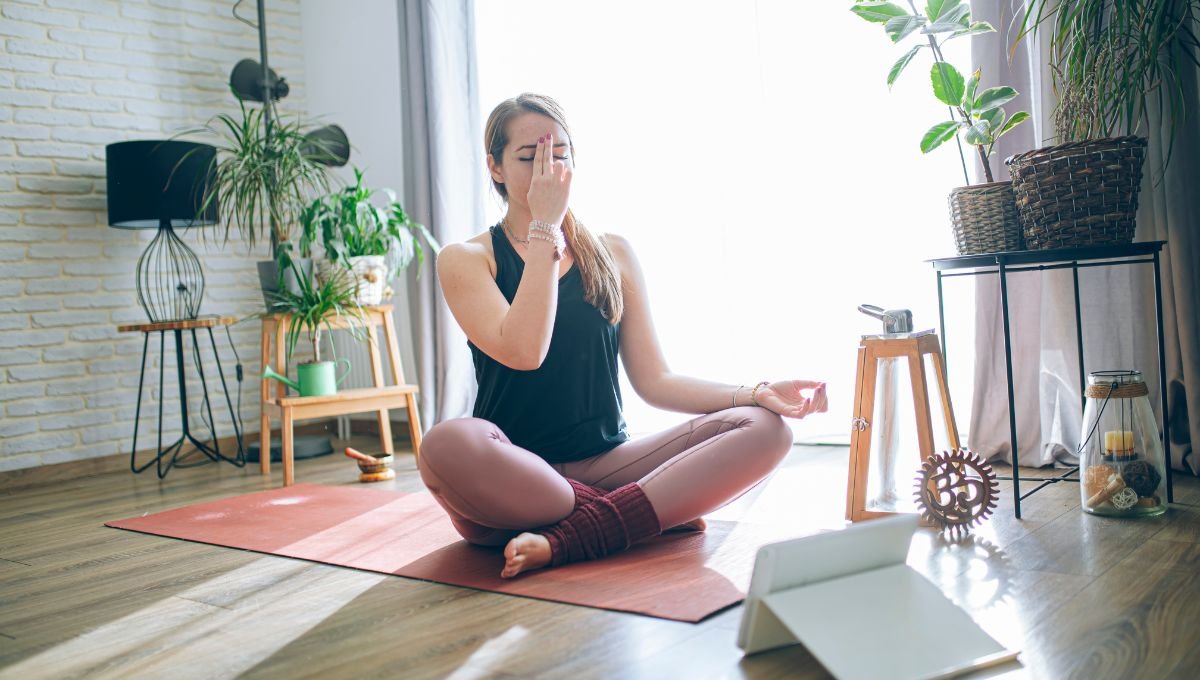Breathing for Balance: Mastering Techniques for a Harmonious Life
Introduction
The antiquated act of controlled breathing, presently supported by current logical exploration, keeps on acquiring ubiquity for its significant advantages on mental and actual wellbeing. Lately, studies have demonstrated the way that incorporating explicit breathing methods into everyday schedules can altogether upgrade one’s health process. With 70% of American adults consistently encountering physical or mental side effects brought about by pressure, it’s no big surprise that breathing for balance is turning into a foundation of individual wellbeing the board.

The Significance of Breathing Methods
Why Spotlight on Breathing for Balance?
Breathing is an extension between the brain and body, impacting both physiological and mental states. By dominating the right breathing techniques, people can conjure a feeling of quiet, diminish pressure, and reestablish harmony to their bustling lives.
Breathing and Day-to-Day Well-being
Consistently, a huge number of individuals experience the ill effects of uneasiness, stress, and inner disturbance. Breathing for balance gives a promptly open instrument to deal with these issues, advancing a serene brain and a versatile body.

Investigating Different Breathing Methods
1. Diaphragmatic Breathing
This principal procedure includes profound, even breaths from the stomach, taking into account most extreme oxygen admission and advancing unwinding.
2. 4-7-8 Breathing
Created by Dr. Andrew Weill, this strategy includes breathing in for 4 seconds, holding for 7, and breathing out for 8. It is especially powerful for decreasing tension and assisting with rest.
3. Box Breathing
Inclined toward by competitors and military faculty, box breathing keeps up with concentration and performance under pressure by including equivalent pieces of breathing in, holding, breathing out, and holding.

Step-by-Step Manual for Incorporating Breathing Strategies
Begin Little
Start with only five minutes every day, zeroing in on any of the above strategies. The key is consistency.
Plan Your Meetings
Integrate breathing meetings into your day-to-day plan. Think about them as significant as some other gathering or arrangement.
Keep tabs on Your Development
Keep a diary of your encounters. Note any progressions in your feelings of anxiety and, generally speaking, your health.

Possible Advantages and How to Boost Them
Upgraded Mental Lucidity
Standard practice can further develop fixation and mental capability by expanding blood stream and decreasing pressure chemicals.
Worked on Actual Well-being
Breathing for balance can bring down pulse, further develop absorption, and lift the invulnerable framework.
Profound Prosperity
These procedures can likewise support close-to-home guideline, assisting with combating sorrow and uneasiness.

Mindfulness and Misfortune Aversion
Normal Slip-ups
Stay away from shallow breathing and irregularity. Both can reduce the adequacy of the practices.
When to Practice
The best times incorporate promptly in the first part of the day, before unpleasant occasions, or before rest, to amplify the quieting impacts.
Using Innovation and Assets
To help your training, consider applications like Quiet or Head space, which offer proposition-directed breathing meetings and can assist with keeping tabs on your development. For additional nitty-gritty guidelines and the most recent exploration, sites like American Lung Association provide important assets on breathing methods.
Breathing for Balance in the Advanced World
In our current reality, where the speed of life keeps on speeding up, breathing for balance stands apart as an essential, open, and viable device for overseeing ordinary wellbeing. As we embrace these practices, we work on our singular wellbeing as well as contribute to a more balanced, wellbeing-conscious society.

End and Last Contemplation
Breathing for balance is something beyond a method; a trans formative practice improves personal satisfaction by blending the psyche and body. As we’ve investigated, taking on legitimate breathing techniques can prompt huge upgrades in mental clarity, actual wellbeing, and close-to-home prosperity. By integrating these straightforward yet strong strategies into your day-to-day daily schedule, you can successfully oversee pressure, work on your concentration, and keep up with actual wellbeing in a characteristic, open way.
In addition, the magnificence of breathing for balance lies in its effortlessness and comprehensiveness. Notwithstanding age or wellness level, anybody can profit from these practices. They require no extraordinary gear and can be performed anywhere, whenever. This availability makes it an ideal starting point for anybody hoping to upgrade their wellbeing and prosperity.
As we keep on exploring the intricacies of current life, pause for a minute to inhale profoundly, embrace the quiet it brings, and recollect that every breath is a stage towards a more balanced and agreeable life. We should focus on making breathing for balance a principal piece of our everyday health venture, transforming our lives each breath in turn.

As often as possible I sought clarification on some pressing issues (FAQs) Breathing for Balance
1. What is breathing for balance?
Breathing for balance alludes to utilizing explicit breathing methods to blend the psyche and body, decrease pressure, and improve in general wellbeing. It includes deliberately modifying your breathing patterns to advance physical and psychological wellness.
2. How does breathing for balance assist with diminishing pressure?
Controlled breathing procedures assist with dialing back the pulse and diminishing circulatory strain, setting off the body’s normal unwinding reaction. This can essentially bring down feelings of anxiety, helping you feel more settled and more at ease.
3. Could breathing for balance work on actual wellbeing?
Indeed, a standard act of balanced breathing can further develop oxygenation, lower circulatory strain, improve rest quality, and support a safe framework. It likewise assumes a part in working on, generally speaking, cardiovascular and respiratory wellbeing.

4. For how long would it be advisable for me to work on breathing procedures every day?
Beginning with just five minutes out of every day can be useful. Over the long haul, you might expand the term as you feel comfortable, holding back nothing for 20 minutes of the day for ideal advantages.
5. Are there any dangers related to breathing for balance?
Breathing procedures are, by and large, safe for the vast majority. Nonetheless, those with respiratory circumstances or cardiovascular issues ought to talk with a medical services supplier before beginning any new breathing activities.
6. What are a few basic breathing strategies to begin with?
Novices could find diaphragmatic breathing, 4-7-8 breathing, or box breathing especially open and powerful. These strategies are straightforward and can be rehearsed anywhere.
7. Where might I at any point track down assets to assist me with working on breathing for balance?
There are a few applications, similar to Quiet or Head-space, that provide directed breathing activities. Moreover, sites like, for example, those of the American Lung Association offer nitty-gritty directions and tips for different breathing procedures.




















